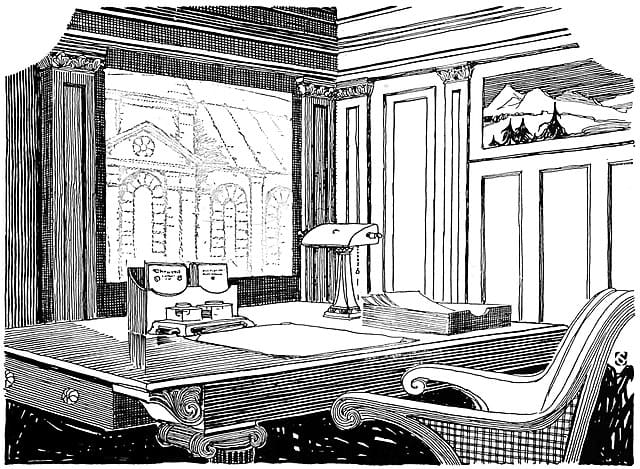You are going to write a story, you declare. You sit at your desk, back straight. It will be great, your magnum opus! People will cite it in their biographies as a formidable moment. The story will inspire piles of Bildungsroman literature and Netflix will fight for the rights. Fan wikis will pop up to codify your work, picking apart each and every detail for morsels of lore. And you’ll be invited to sit on panels, speak at conferences, and participate in Q&As with seminal authors of the genre. This will be your greatest dream come true.
But how does it begin?
I have been thinking a lot about writing lately. Of the specifics, the little decisions you don’t realise you have to make until you start writing. And in that spirit, I have spent my time going through various forms of writing advice in search of a better place to start. And, invariably, I happened upon narration. The first step is picking a style to write in and giving your character a voice. There are only two options: first person and third person. Writing in the second person is famously regarded as a feat on par with chasing clouds.
But the first person perspective limits you. The writer is trapped in a single person’s head and cannot offer nuanced perspectives on situations without unrealistic dialogue that sounds like an inner monologue being forced out loud. Writers get stuck in the monotony of a single viewpoint, and all their books start sounding the same. And the third person, in the opinion of someone who has used it on multiple occasions, is a cop out. It’s simply too easy!
The main argument for the second person is its immersive experience. For this reason, it has been used extensively in non-fiction self-help books. It’s easier to say, “You will wake up in the morning and make a kale smoothie,” than it is to say, “They will wake up in the morning and make a kale smoothie.” The words are speaking to the reader directly like I am talking to you right now. With this exchange, we are having a conversation to which you are beholden and which you are compelled to finish.
But much like a conversation, there should be a natural end. In my excursions into the genre, I have found that it reaches its fullest potential when the pieces are fast-paced and short, with plots that revolve around everyday things that the average person can relate to. The second person has been likened to a ballad for a lover, but the effect can be lost in long-form writing when used indulgently. “Your hands blaze with a brilliant white light as you scream and tear the sky in two,” fails to engage the reader by page 401.
Some books have attempted the task, like Bright Lights, Big City by Jay McInerney. But even when a book accomplishes this lofty feat, immersion isn’t necessarily a good thing. Bright Lights, Big City was so intense, I did not finish it and do not think I ever will. The book screamed at me, the narrator’s anxieties and fears ringing in my mind.
The second person is a world of its own, but the line between immersion and exhaustion is a thin one. While writing long-form pieces, you find that it is actually quite hard, that characterisation is almost impossible, that being the object of your own story is uncomfortable. You do not read books for yourself; you want a character you can follow, someone you can experience from a safe distance away, in a place you can escape to.





